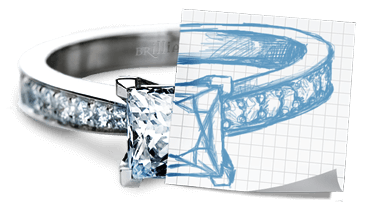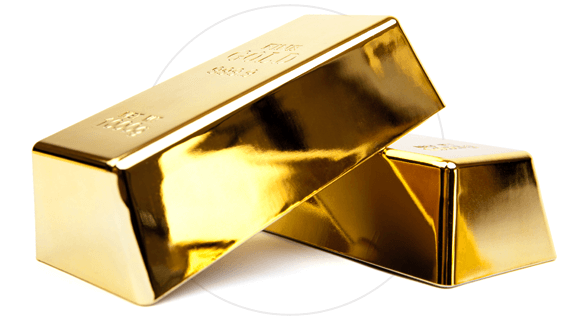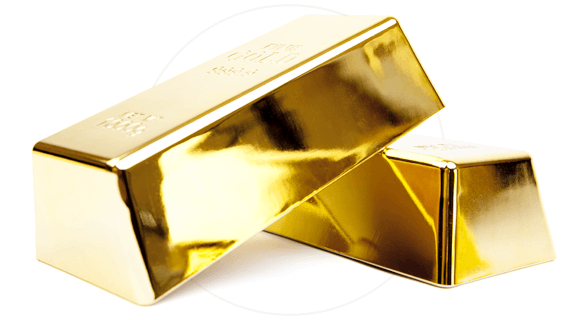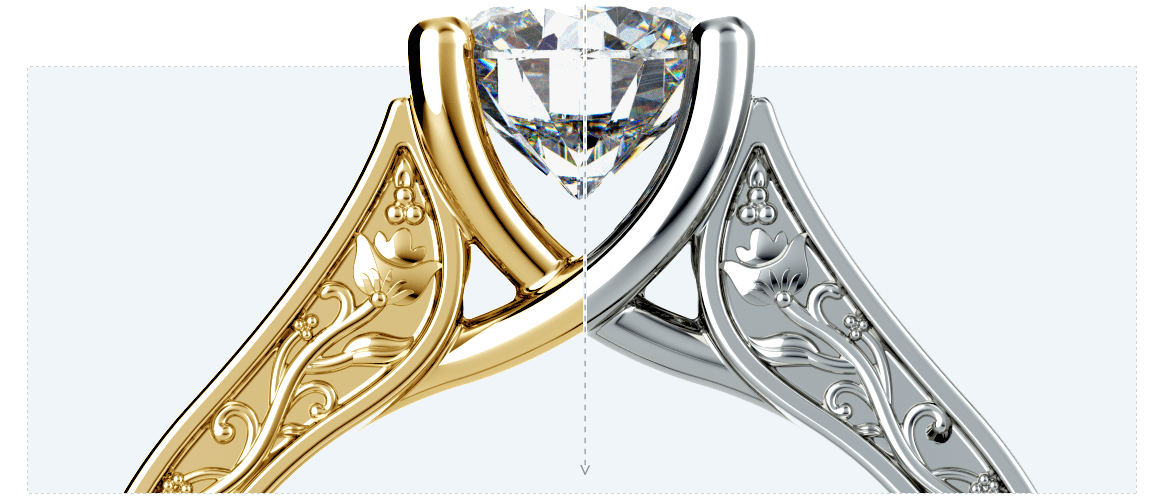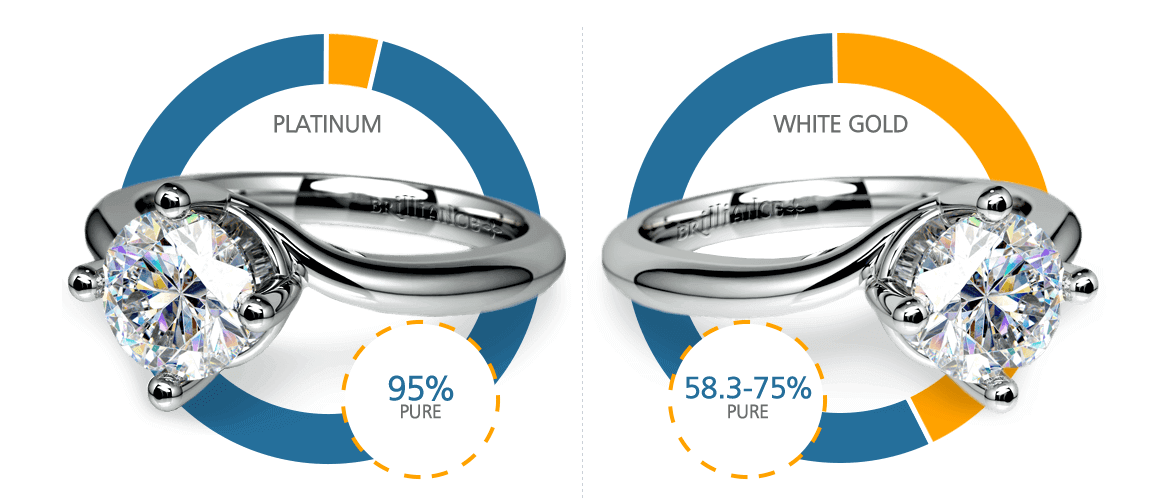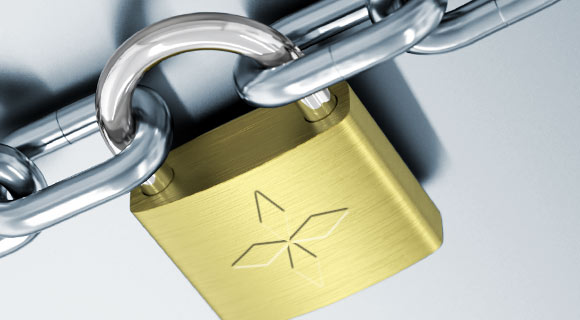Engagement Ring Guide
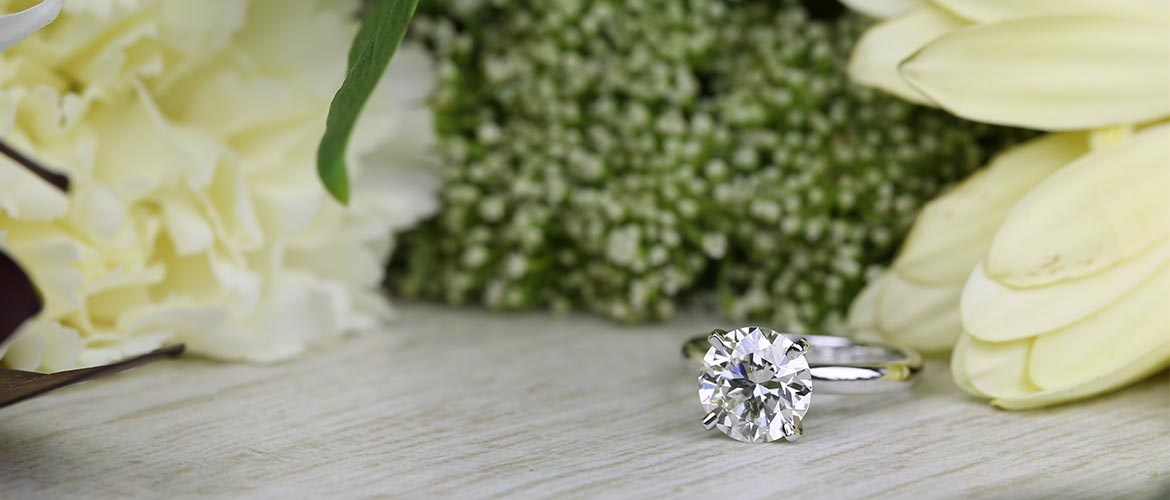
Finding your soul mate may be a challenge, but buying an engagement ring she’ll love is easier than you might think. When it comes to choosing an engagement ring setting, there are virtually unlimited possibilities catering to all tastes and styles. While some prefer the elegant simplicity of a solitaire setting, others may opt for a setting with side stones. Gemstone engagement rings add a pop of color to any ring, while halo settings are sophisticated and graceful. Here are our 6 favorite styles when it comes to engagement ring settings:






